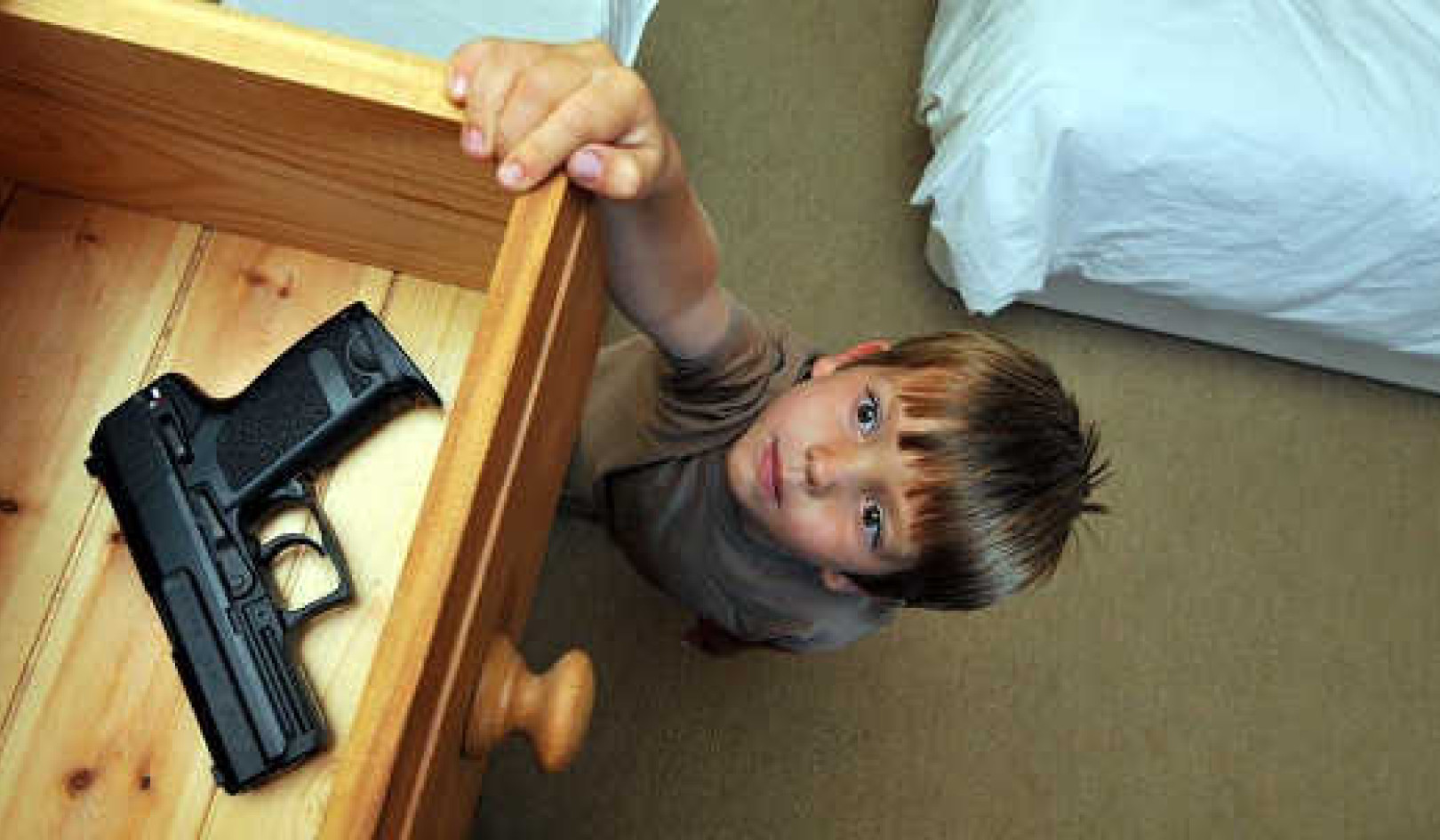
It’s getting towards the time of the year when you might feel more overwhelmed than usual. There are work projects to finish and perhaps exams in the family. Not to mention the pressures of organising holidays or gifts. Burnout is a real possibility.
Burnout is defined by the World Health Organization (WHO) as having three main symptoms – exhaustion, loss of empathy and reduced performance at work.
Australian research argues for a broader model, particularly as the WHO’s third symptom may simply be a consequence of the first two.
So what is burnout really? And how can you avoid it before the holidays hit?
More than being really tired
The Australian research model endorsed exhaustion as the primary burnout symptom but emphasised burnout should not be simply equated with exhaustion.
The second symptom is loss of empathy (or “compassion fatigue”), which can also be experienced as uncharacteristic cynicism or a general loss of feeling. Nothing much provides pleasure and joie de vivre is only a memory.
The third symptom (cognitive impairment) means sufferers find it difficult to focus and retain information when reading. They tend to scan material – with some women reporting it as akin to “baby brain”.
Research suggests a fourth symptom: insularity. When someone is burnt out, they tend to keep to themselves, not only socialising less but also obtaining little pleasure from interactions.
A potential fifth key feature is an unsettled mood.
And despite feeling exhausted, most individuals report insomnia when they’re burnt out. In severe cases, immune functioning can be compromised (so that the person may report an increase in infections), blood pressure may drop and it may be difficult or impossible to get out of bed.
Predictably, such features (especially exhaustion and cognitive impairment) do lead to compromised work performance.
Defining burnout is important, as rates have increased in the last few decades.
‘Tis the season
For many, the demands of the holidays cause exhaustion and risk burnout. People might feel compelled to shop, cook, entertain and socialise more than at other times of year. While burnout was initially defined in those in formal employment, we now recognise the same pattern can be experienced by those meeting the needs of children and/or elderly parents – with such needs typically increasing over Christmas.
Burnout is generally viewed according to a simple stress-response model. Excessive demands lead to burnout, without the individual bringing anything of themselves to its onset and development. But the Australian research has identified a richer model and emphasised how much personality contributes.
Formal carers, be they health workers, teachers, veterinarians and clergy or parents – are more likely to experience burnout. But some other professional groups – such as lawyers – are also at high risk.
In essence, “good” people - who are dutiful, diligent, reliable, conscientious and perfectionistic (either by nature or work nurture) – are at the greatest risk of burnout.
6 tips for avoiding seasonal burnout
You may not be able to change your personality, but you can change the way you allow it to “shape” activities. Prioritising, avoiding procrastination, decluttering and focusing on the “big picture” are all good things to keep in mind.
Managing your time helps you regain a sense of control, enhances your efficiency, and reduces the likelihood of feeling overwhelmed by responsibilities.
1. Prioritise tasks
Rank tasks based on urgency and importance. The Eisenhower Matrix, popularised by author Stephen R Covey, puts jobs into one of four categories:
-
urgent and important
-
important but not urgent
-
urgent but not important
-
neither urgent nor important.
This helps you see what needs to be top priority and helps overcome the illusion that everything is urgent.
2. Set realistic goals
Break down large goals into smaller, manageable tasks to be achieved each day, week, or month – to prevent feeling overwhelmed. This could mean writing a gift list in a day or shopping for a festive meal over a week. Use tools such as calendars, planners or digital apps to schedule tasks, deadlines and appointments.
3. Manage distractions
Minimise distractions that hinder productivity and time management. Research finds people complete cognitive tasks better with their phones in another room rather than in their pockets. People with phones on their desks performed the worst.
Setting specific work hours and website blockers can limit distractions.
4. Chunk your time
Group similar tasks together and allocate specific time blocks to focus on them. For example, respond to all outstanding emails in one stint, rather than writing one, then task-switching to making a phone call.
This approach increases efficiency and reduces the time spent transitioning between different activities.
5. Take breaks
A 2022 systematic review of workplace breaks found taking breaks throughout the day improves focus, wellbeing and helps get more work done.
6. Delegate
Whether at home or work, you don’t have to do it all! Identify tasks that can be effectively delegated to others or automated.
To finish the year feeling good, try putting one or more of these techniques into practice and prepare for a restful break.![]()
Sophie Scott, Associate Professor (Adjunct), Science Communication, University of Notre Dame Australia and Gordon Parker, Scientia Professor, UNSW Sydney
This article is republished from The Conversation under a Creative Commons license. Read the original article.

Books Improving Attitude and Behavior from Amazon's Best Sellers list
"Atomic Habits: An Easy & Proven Way to Build Good Habits & Break Bad Ones"
by James Clear
In this book, James Clear presents a comprehensive guide to building good habits and breaking bad ones. The book includes practical advice and strategies for creating lasting behavior change, based on the latest research in psychology and neuroscience.
Click for more info or to order
"Unf*ck Your Brain: Using Science to Get Over Anxiety, Depression, Anger, Freak-Outs, and Triggers"
by Faith G. Harper, PhD, LPC-S, ACS, ACN
In this book, Dr. Faith Harper offers a guide to understanding and managing common emotional and behavioral issues, including anxiety, depression, and anger. The book includes information on the science behind these issues, as well as practical advice and exercises for coping and healing.
Click for more info or to order
"The Power of Habit: Why We Do What We Do in Life and Business"
by Charles Duhigg
In this book, Charles Duhigg explores the science of habit formation and how habits impact our lives, both personally and professionally. The book includes stories of individuals and organizations who have successfully changed their habits, as well as practical advice for creating lasting behavior change.
Click for more info or to order
"Tiny Habits: The Small Changes That Change Everything"
by BJ Fogg
In this book, BJ Fogg presents a guide to creating lasting behavior change through small, incremental habits. The book includes practical advice and strategies for identifying and implementing tiny habits that can lead to big changes over time.
Click for more info or to order
"The 5 AM Club: Own Your Morning, Elevate Your Life"
by Robin Sharma
In this book, Robin Sharma presents a guide to maximizing your productivity and potential by starting your day early. The book includes practical advice and strategies for creating a morning routine that supports your goals and values, as well as inspiring stories of individuals who have transformed their lives through early rising.





















